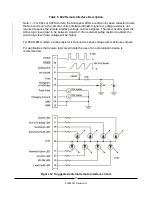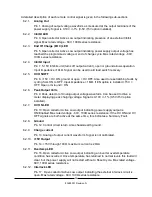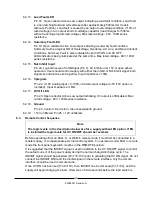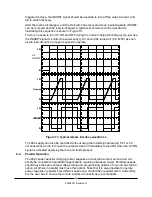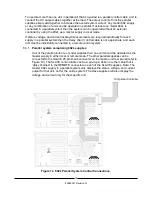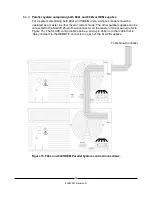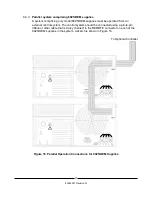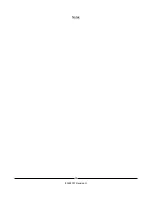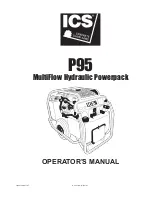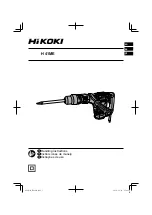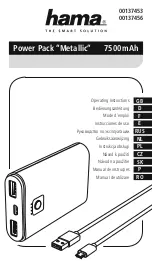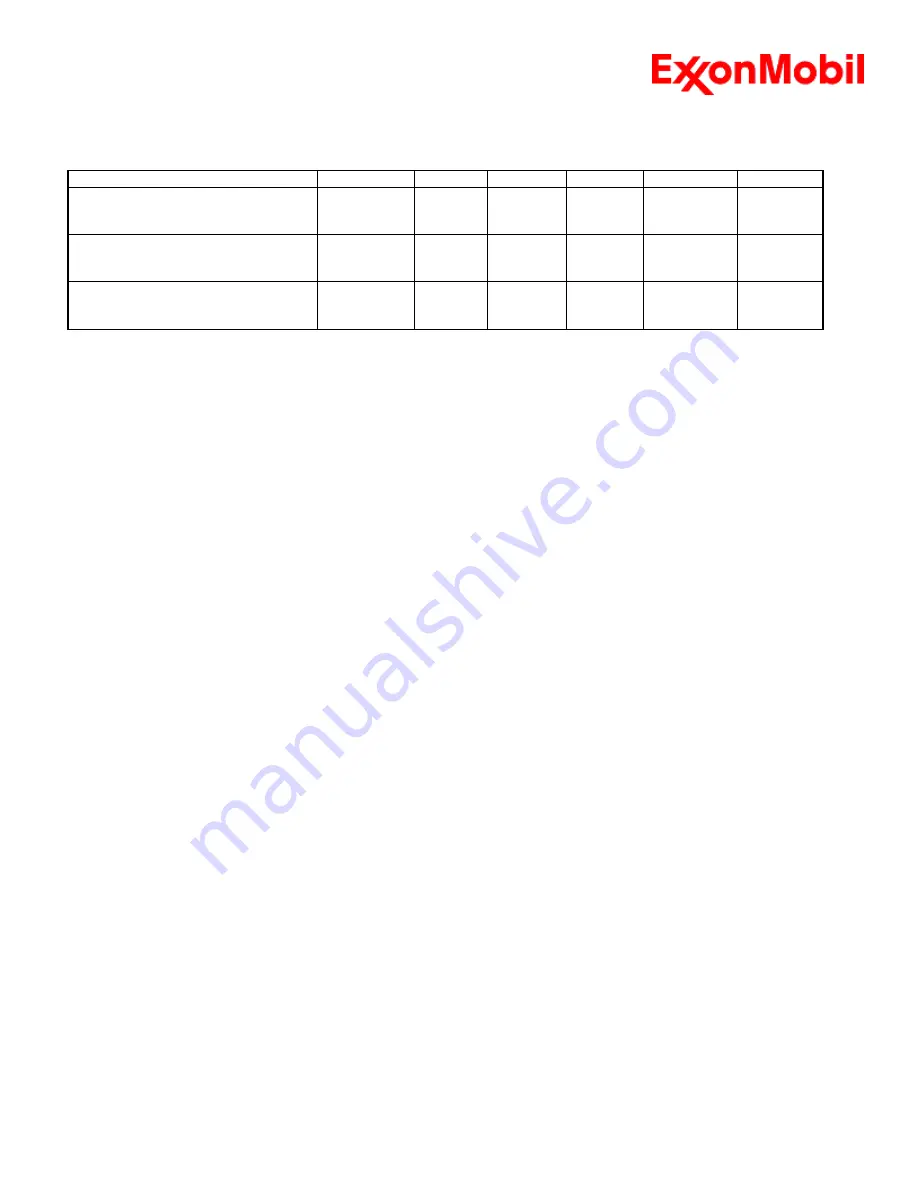
Product Name: UNIVOLT N 61 B
Revision Date: 16 Mar 2015
Page 5 of 11
______________________________________________________________________________________________________________________
vapor
HYDROTREATED LIGHT
NAPHTHENIC DISTILLATE
(PETROLEUM)
Mist.
TWA
5 mg/m3
N/A
OSHA Z1
HYDROTREATED LIGHT
NAPHTHENIC DISTILLATE
(PETROLEUM)
Inhalable
fraction.
TWA
5 mg/m3
N/A
ACGIH
HYDROTREATED LIGHT
NAPHTHENIC DISTILLATE
(PETROLEUM)
Mist.
TWA
5 mg/m3
N/A
ACGIH
Exposure limits/standards for materials that can be formed when handling this product:
When mists/aerosols
can occur the following are recommended: 5 mg/m³ - ACGIH TLV (inhalable fraction), 5 mg/m³ - OSHA PEL.
NOTE: Limits/standards shown for guidance only. Follow applicable regulations.
No biological limits allocated.
ENGINEERING CONTROLS
The level of protection and types of controls necessary will vary depending upon potential exposure conditions.
Control measures to consider:
No special requirements under ordinary conditions of use and with adequate ventilation.
PERSONAL PROTECTION
Personal protective equipment selections vary based on potential exposure conditions such as applications,
handling practices, concentration and ventilation. Information on the selection of protective equipment for use
with this material, as provided below, is based upon intended, normal usage.
Respiratory Protection:
If engineering controls do not maintain airborne contaminant concentrations at a
level which is adequate to protect worker health, an approved respirator may be appropriate. Respirator
selection, use, and maintenance must be in accordance with regulatory requirements, if applicable. Types of
respirators to be considered for this material include:
No special requirements under ordinary conditions of use and with adequate ventilation.
For high airborne concentrations, use an approved supplied-air respirator, operated in positive pressure mode.
Supplied air respirators with an escape bottle may be appropriate when oxygen levels are inadequate,
gas/vapor warning properties are poor, or if air purifying filter capacity/rating may be exceeded.
Hand Protection:
Any specific glove information provided is based on published literature and glove
manufacturer data. Glove suitability and breakthrough time will differ depending on the specific use conditions.
Contact the glove manufacturer for specific advice on glove selection and breakthrough times for your use
conditions. Inspect and replace worn or damaged gloves. The types of gloves to be considered for this material
include:
If prolonged or repeated contact is likely, chemical resistant gloves are recommended. If contact with
forearms is likely, wear gauntlet style gloves.
Eye Protection:
If contact is likely, safety glasses with side shields are recommended.
Skin and Body Protection:
Any specific clothing information provided is based on published literature or
manufacturer data. The types of clothing to be considered for this material include:
Summary of Contents for 802 Series
Page 2: ...PAGE LEFT INTENTIONALLY BLANK ...
Page 10: ...4 83488001 Revision N Notes ...
Page 34: ...28 83488001 Revision N Notes ...
Page 44: ...38 83488001 Revision N Notes ...
Page 57: ......
Page 58: ......
Page 59: ......
Page 60: ......
Page 61: ......
Page 62: ......
Page 63: ......
Page 64: ......
Page 65: ......
Page 66: ......
Page 67: ......
Page 68: ......
Page 69: ......
Page 70: ......
Page 71: ......


